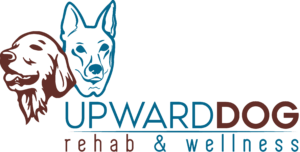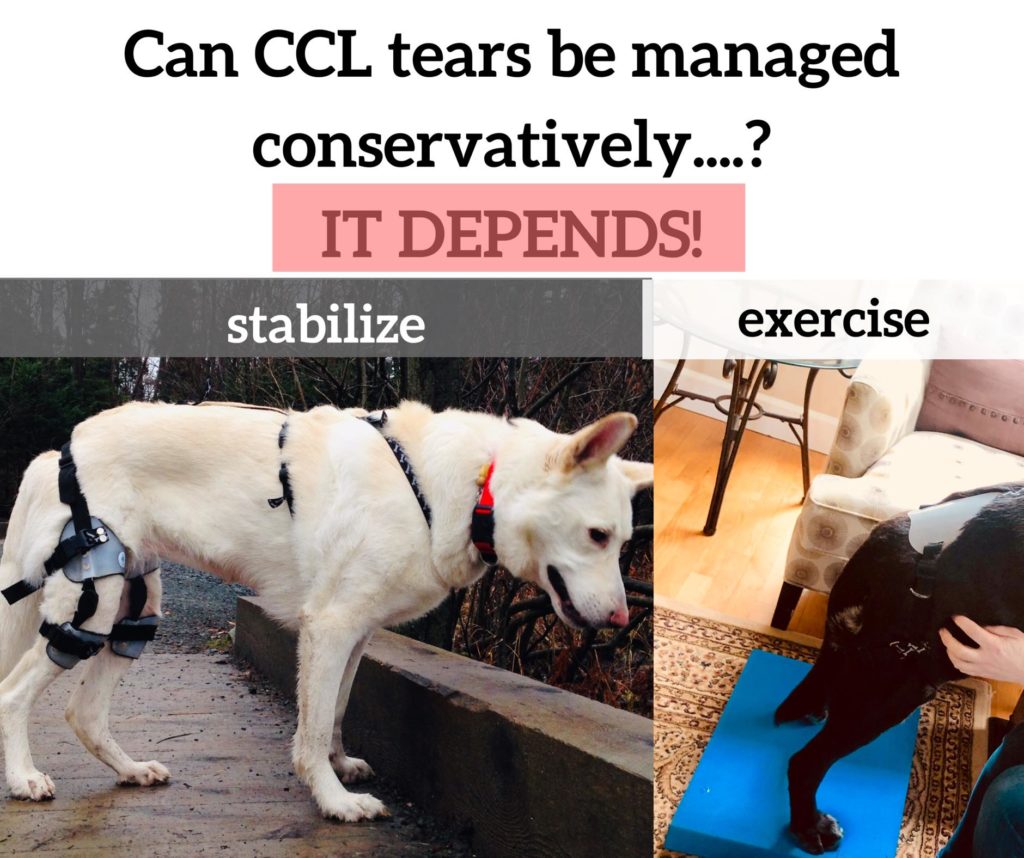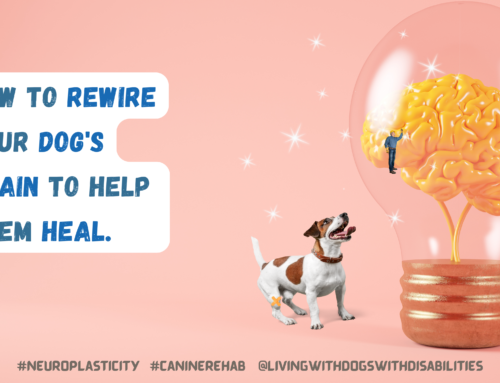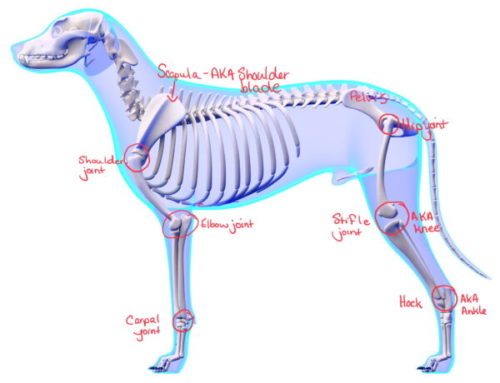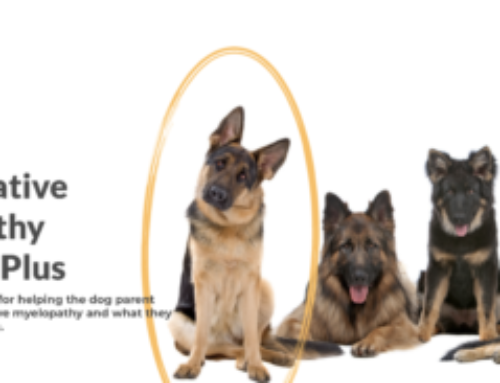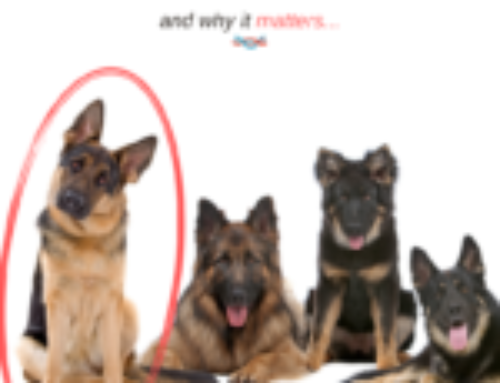This is a question I get a lot form pet parents/owners. There is no easy answer and it is a controversial subject. It depends on the size, age, breed, health, activity level, function, finances, and degree of tear, just to name a few factors. In many, but not all cases, surgery is often encouraged.
If your dog has been diagnosed with a cranial cruciate ligament (CCL) tear, regardless of whether or not you surgically or conservatively help your dog — *EARLY INTERVENTION IS KEY FOR RECOVERY! A partially torn CCL is painful and the pain causes disuse. Disuse can lead to further changes in joint health, muscle atrophy (weakness) and nobody wants their dog to be in pain. In addition, research shows your dog is at a higher risk (about 50%) to injure the other knee. Talk with your vet, Orthopedic surgeon, and canine rehab therapist; and make some decisions on how you are going to help your dog and do it as soon as you can. While some dogs can definitely be managed conservatively, and surgery is not appropriate for every CCL tear, I do need to say the unthinkable, if you choose to manage conservatively, there is still a RISK that down the road YOUR DOG MAY FULLY BLOW THEIR CCL and still REQUIRE SURGERY.
-Seek out the HELP of A CANINE REHABILITATION PROFESSIONAL. Recovery is enhanced when working with a professional that can teach you things like passive range of motion (PROM) and appropriate exercises for stages of healing. A quick note on this, underwater treadmill (UWT) is often recommended for healing. While providing good cardio exercise, UWT by itself isn’t adequate as it doesn’t address strengthening or gait imbalances. For more on this check out TheK9PT – Canine Rehabilitation & Wellness article: https://www.thek9pt.com/2018/04/06/rehab-without-underwater-treadmill/. Physical therapists trained in canine rehab can design tailored exercise programs for your dog’s specific needs.
-ADD NON SLIP SURFACES TO YOUR HOME. A common secondary injury to a CCL tear is a psoas (hip flexor) strain. To reduce the risk of further injury to the affected leg and hurting the other leg, it is good to put some yoga mats or rugs that don’t slide on slippery floors.
-AVOID STAIRS, OFF LEASH ACTIVITY, RUNNING AND JUMPING. You can use a harness or a ramp to help your dog in and out of a vehicle. Any activity that requires a lot of strength, speed, or coordination puts your puppers at risk a further tear/injury. Leash walks only plus rehab exercises for several months is strongly recommended.
-SUPPLEMENT TO REDUCE ARTHRITIC CHANGES AND IMPROVE JOINT HEALTH. Common joint supplements include (but are not limited to) green lip muscle, omega 3 oil, glucosamine, and curcumin. Check out Planet Paws for educational information on supplements for your furry friends.
Lastly, WEIGHT LOSS/WEIGHT MANAGEMENT! Another controversial subject, but it is imperative that your dog isn’t over weight. It puts a lot of stress through the affected joint and high demand on the other knee.
A FEW POINTS ON CONSERVATIVE MANAGEMENT:
If you choose to manage your dog’s *CCL TEAR CONSERVATIVELY, PLEASE WORK WITH A CANINE REHAB THERAPIST for the reasons indicated above.
-STABILIZING THE AFFECTED KNEE and sometimes both, may aid in recovery. The main function of the cranial cruciate ligament (CCL) is to prevent the tibia (lower leg bone) from sliding forward on the femur (thigh bone). Make sure if you are bracing, that your dog is properly fitted for a stifle brace and again, have someone help you to use it on your furry friend. Locally in Nova Scotia, we have an amazing orthotics designer – K-9 Orthotics & Prosthetics Inc. A quick note here, if the meniscus is suspected to be torn (tissue inside the knee joint), a brace may not be an option do to the compressive forces though the knee, which are very painful for torn menisci. Check with your vet, orthopedic surgeon or canine rehab therapist to confirm.
–ACTIVITY MODIFICATIONS AND EXERCISES APPROPRIATE FOR THE STAGE OF RECOVERY. What exercises will depend on the degree of the tear, effective pain management (talk to your vet about medications), and the stage of recovery. We often start with basic exercises like range of motion and weight shifting and progress to isometric exercises (muscle contraction without movement), then on to more strengthening and body awareness exercises. Shorter leash walks on level ground are also strongly recommended in the early stages. Walks will gradually increase over time but your dog should stay on leash for several months to reduce the risk of injury.
Thank you so much for reading through this post! I hope it was helpful.
